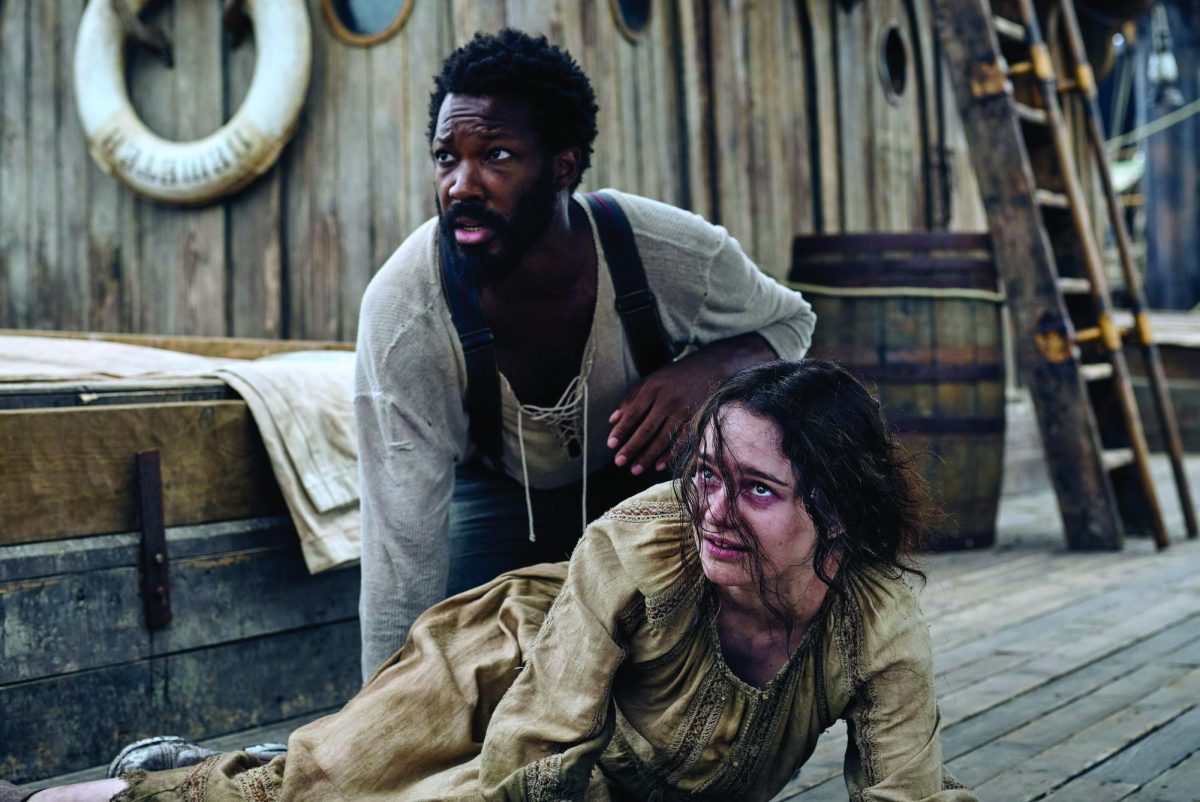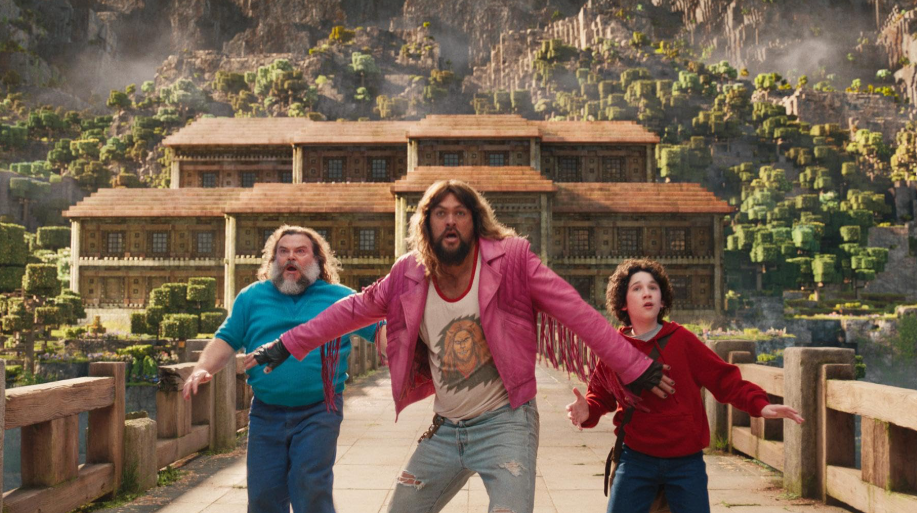After being given a budget of $45 million and only scraping together $19.7 million in return, The Last Voyage of the Demeter is considered a box office flop. However, money aside, Demeter is anything but a flop. It is riveting yet chilling straight down to the bone.
Over the years, there have been several adaptations of Bram Stoker’s 1897 novel Dracula. A majority of modern-day literature with vampires is rooted back to Dracula. Most of these adaptations, however, do not follow the original book to the letter, and they usually retell the same story into the ground.
André Øvredal, the mind behind The Last Voyage of the Demeter, not only adapted Dracula into his vision, he cut his story down to a single chapter of the 1897 book, which tells the story of the cargo ship The Demeter on it’s voyage from Transylvania to London. There are a lot of creative liberties taken in the film; however, not enough to deter it from being faithful to the source material.
The two-hour movie is so suspenseful that it feels like the sensation of going up a tall roller coaster nearly the whole time. From the moment the crew enters the ship and sets off for London with their unmarked crates, a deep feeling of dread and excited anticipation is lodged in the viewer’s brain, nesting throughout the film until the end.
Though it is classified as a horror film, it does not have the same type of scare factor as most modern-day horror films. While many movies nowadays rely on jumpscares and blood, The Last Voyage of the Demeter uses sounds, creep and lighting to its advantage. The entire film is moody; it lacks color, light and gives off a very isolated feeling along with its overall gothic tones and palettes. Being surrounded by nothing but an open ocean for most of the movie leaves the crew and audience feeling equally alone and afraid. The rain is used not only to set the scene; it is symbolic. Rain makes the whole movie gloomy.
Unlike most modern movies, Dracula, played by Javier Botet, had an actual costume for the monster instead of the typical CGI video effects using a dot suit. An interview by Perri Nemiroff for Collider, featuring two cast members, Liam Cunningham and David Dastmalchian, who played The Demeter’s captain and First mate, respectively, mentioned this. Cunningham stated ‘”And when I eventually got to see him, I was actually scared when I saw him. I went, ‘That is absolutely horrific.’ Some of the other cast members, including some of the crew, were saying, ‘I can’t even look at him!’”
The excellent cinematography used by the director manages to capture not only the fear slowly washing over each of the characters as their fellow crew members disappear one by one but also the sheer terror of any character on screen with Dracula at any given moment. The lingering knowledge of his presence frightens not only the crew but the audience as well. This is only enhanced by the intricate and specific details that most people may not realize exist. In The Last Voyage of the Demeter, a few things fall through the cracks but are vital in helping tell the story. For example, the ship uses a system to communicate throughout, where knocking on wood can be heard around the whole boat. Later, the antagonist uses this method against the crew, and what was once a neat little quirk becomes something to fear.
Despite the not-so-desirable ratings from popular entertainment media outlets such as Rotten Tomatoes and IMDb, The Last Voyage of the Demeter is cinematic excellence. It may not be considered the best vampire movie or even the best Dracula adaptation, but something about this inevitably makes it feel different. While it may feel lackluster at points, it makes up for the overall eerie and unnerving theme. The Last Voyage of the Demeter (Dracula: Voyage of the Demeter in some international markets) is a powerful, frightening horror movie worthy of a 4/5 from The Bengal’s Purr.
Categories:
Last Voyage of the Demeter scares fans in a chillingly spectacular manner
0
More to Discover







